canon收購
Camera manufacturers all seem to believe that there’s a middle ground between a point-and-shoot and a DSLR, and they’ve all tried to find it — Nikon with the 1 series, Sony with the NEX models, Olympus with the PEN line, Samsung with its NX cameras, and the like. The sell goes something like this: it’s a smaller camera, easier to use and less expensive, but still offering the same level of control (or nearly so) and the same level of image quality (or nearly so) as your DSLR.
canon收購canon’s entrant into the field is the $799.99 PowerShot G1 X, and
canon收購canon did things a little differently than its competitors: there are no interchangeable lenses to be found, and the G1 X is considerably more expensive than most of its competition. This camera is also explicitly intended to be a companion to a DSLR, not to replace one — it’s made for a 5D or D3s owner who doesn’t want to lug around a huge camera all the time, but still wants great pictures. Its specs have broader appeal, though: its 1.5-inch, 14.3-megapixel sensor is positively enormous for a camera in this range, and it offers ISO range up to 12,800, an f/2.8 lens with 4x optical zoom from 28-112mm, and 1080p video recording.
Has
canon收購canon figured out how to cram DSLR-like quality into a smaller body? And is the G1 X only a companion camera, or could it serve as your one and only shooter? Perhaps most importantly, is the G1 X a better companion to a DSLR owner than
canon收購canon’s own PowerShot S95 or S100, two pocket-sized cameras that we already know offer excellent controls and image quality? Read on to find out.
Video Review
Video Review
This is a well-built camera to be sure, with an aluminum alloy / polycarbonate body that’s solid as a rock. Its black-on-black, industrial aesthetic definitely borrows from the G12, the G1 X’s predecessor, and it’s a decent-looking camera despite being a little clunky. Nearly every surface is covered with buttons, wheels, and triggers, which make the camera look a little busy compared to competitors like the Fujifilm X10, whose sleek minimalism is a selling point. Personally, I’ll always take more controls at the expense of some attractiveness, but some might prefer the X10’s looks. In addition to all the controls, the top of the camera houses a hotshoe and a pop-up flash (beware: your finger might get in the way), while Micro HDMI and Mini USB ports live on the left side beneath a plastic door. The SD card and battery slots sit on the bottom, underneath another door — most companies combine the two, and I wish they’d stop, because it means the camera turns off every time you want to change cards. It’s a nitpick, to be sure, but it’d be nice (especially for DSLR owners) to be able to swap cards in and out easily.
Since there are no interchangeable lenses, the one attached to the G1 X is extremely important. It’s a 28-112mm, f/2.8-f/5.8
canon收購canon lens, and it’s fine without being particularly great. I would have hoped that since it’s your only lens option,
canon收購canon would try and make this one more versatile — I’d rather have an f/2.0 lens or one with a slightly wider angle or a little more zoom, and when the PowerShot S95 and S100 each offer both in smaller, less expensive bodies, it’s a shame not to get even more from the more-expensive G1 X.
I asked
canon收購canon about the lens choice, and was told that it’s essentially a matter of physics: larger sensors typically require larger lenses, but
canon收購canon wanted a relatively wide lens and didn’t want to make the camera bigger than it needed to be, so it left the other specs as they are. That’s a completely plausible explanation, but it’s a bit of a disappointment nonetheless. The lens also doesn’t feel particularly well-made: there’s a loud grinding noise whenever it extends or retracts, which is disconcerting. It’s an extremely sharp lens, and contributes a good deal to the G1 X’s excellent photos — but I wish its specs were more impressive. The camera also requires a lens cap, which I’m pretty sure I already lost; I’d love to be able to do away with lens caps altogether.
The camera does still have a removable ring around the lens, which on previous models has allowed you to use an adapter to add adapter lenses (to get more zoom, or a wider angle). The G1 X doesn’t have any compatible lenses for now, though you can use the adapter to mount a macro flash.
There are two displays on the back of the G1 X — a 3-inch LCD and an optical viewfinder. The LCD is super sharp, and it swings out of the camera and rotates both vertically and horizontally, which makes it easy to shoot from almost any angle. You can even point the camera and the display at yourself, and combined with the G1 X’s smile detection feature, it makes for a solid way to take self-portraits. Its 922,000-dot resolution is about as high as we’ve seen on a compact camera — the Nikon Coolpix S9100 has a similar display, as does the Fujifilm X10. Sharp as it is, it has a tendency to slightly oversaturate some colors (blues in particular), and bright pictures can look a bit overexposed. None of the problems are hugely troubling, but it’s a little bit tough to tell at points if you got exactly the shot you wanted from the LCD.




The viewfinder brings a steep learning curve
Viewfinder
The G1 X has an optical viewfinder that’s much like the one on the Fujifilm X10, and my opinions of both are much the same: it’s a radically different way of framing a photo than with a through-the-lens viewfinder (which is what you get on every DSLR), and what you see isn’t exactly what you get (which is good, because you can see the lens through the viewfinder, and you’d probably rather not have that in all your photos). The G1 X’s viewfinder isn’t quite as clear or sharp as the X10’s, either, but it is a little easier to use since it’s located closer to the lens, so what you see is a little closer to what the lens sees.
There’s no information displayed on the viewfinder, and though it zooms with the camera it doesn’t focus with it — with this viewfinder everything appears to always be perfectly in focus, whether it is or not, and that can definitely cause some problems since the G1 X’s autofocus isn’t particularly reliable (I’ll get to that in a second). It also doesn’t show the entire frame, only offering about 80% coverage. As with the X10, the viewfinder can be great once you figure out how to use it, but most casual users (and many DSLR users) won’t know how. The G1 X’s viewfinder also isn’t nearly as high quality as Fujifilm’s, which is so good and so clear that it might be worth the learning curve.
Interface and controls

You can’t sell a camera to DSLR owners without equipping it with every button, dial, and option you can cram onto its body, and there’s certainly not a lot of unused space on the G1 X. There’s a mode dial and a concentric exposure dial on top, along with a zoom rocker, shutter button, and a scroll wheel above the grip on the front, positioned exactly where you’d place your right index finger. Since you’re already using that finger to shoot, though, I’d rather have it on the back of the camera, so you could scroll with your thumb. There’s a five-way directional pad on the back with a scroll wheel around it, which you use both for menu navigation and as a third scroll wheel of sorts — it’s the same control you’ll find on many
canon收購canon point-and-shoots, and it works fine, though a few times I pressed when I meant to scroll and vice-versa. The layout is smart, too, with every button laid out marked clearly and usually placed in an obvious spot — I especially liked the dedicated ISO button, a rare thing to find on a point-and-shoot.
A few bits of the interface give the G1 X away as a camera designed exclusively for pros: there are two custom modes on the mode dial, for instance. The flash also never raises automatically, a fact I personally love — it says “Raise the flash” when it thinks you should, but you’ll never get a shot with flash unless you really want it.
It all adds up to a camera that lets you tweak and change settings almost as quickly as a DSLR, though not quite. There’s no manual zoom ring, which some pros will surely miss, and you’ll still need to dig into menus to control bracketing, white balance, and the like, but fortunately the menus are fairly intuitive. Most common options are on the top level of a pop-up menu that you can quickly access using the middle button in the directional pad, so you’ll probably only need to dig into the main menu to change settings like time and date. The only downside is that the quick access menu displays different options depending on the mode you’re in, so you could spend a few minutes looking for the bracketing setting only to find it’s not available in Auto. All in all, though, DSLR owners should feel right at home using the G1 X.
It handles almost like a DSLR

Features

As I’ve talked with camera manufacturers recently, I’ve been told consistently that photographers of all levels love art filters and crazy photo effects. That surprised me a bit, but
canon收購canon evidently knows it too, so it added a number of artistic filters to the G1 X, which are handily accessible from the top mode dial. Most will be familiar to
canon收購canon point-and-shoot owners already: there’s a fish-eye effect, a Monochrome filter, a Miniature effect, and a few other simple tweaks to make your photos look more interesting.
There’s also the usual list of scene modes that tweak settings for different shooting scenarios (fireworks, snow, twilight, and the like), along with a couple of basic color-shifting modes like Sepia and Black & White. The panorama mode is nifty, as is the HDR setting that takes and merges three photos into one shot with improved dynamic range. There’s nothing groundbreaking that you can do with your photos on the G1 X, but the options are at least fun to play around with.
Performance and quality
Many photographers will tolerate bulky, cumbersome cameras as long as they take good pictures, because that’s exactly what the G1 X does — it takes really excellent photos in almost any situation. The 1.5-inch CMOS sensor inside the G1 X gets most of the credit for that — it’s sized between a typical Micro Four Thirds sensor and the APS-C sensors found in most DSLRs, and that’s about where I’d place the G1 X’s image quality as well. Colors are extremely crisp and accurate, and I got very sharp photos; the corners of my images were a little soft, but much less so than on a typical smaller camera.
canon收購canon’s G series cameras haven’t typically offered images that were substantially better than the S95 or S100 — they mostly offered more manual controls, at the expense of the S series’ small size and simplicity — but the G1 X really does offer notably better image quality than either pocket camera. Its colors are slightly muted compared to images from the Sony NEX-7, which really does offer DSLR-level images, but the G1 X isn’t too far behind. You’ll get 4,352 x 3,264 resolution images, which weigh in at about 2.5MB for a JPG. The G1 X shoots RAW, but oddly not in Auto or scene modes (a strangely normal thing for PowerShot models), so be careful if you like to shoot in RAW.
The G1 X’s low-light performance is among its best features. The camera’s ISO range goes up to 12,800, and even at that highest setting, photos were completely usable at normal sizes. Photos showed next to no noise until ISO 1600, but even at 12,800 photos will still look fine on Facebook or Flickr. That means the G1 X is a useful camera even in extremely dark scenarios, which is very rare for a camera this size and in this price range. To be clear, you won’t want to print or blow up photos at anything beyond about 1600, but if you’re content with on-screen photos at 1,000px wide or so, crank away at the ISO.
Oddly,
canon收購canon doesn’t seem to have enough faith in the G1 X’s performance — if you’re shooting with ISO set to Auto, the ISO will only ratchet up to 1600, which means that in really dark situations, you’re still prone to blurry shots because you’ll have to use lower shutter speeds. Fortunately that’s not as much a problem as it could be, thanks to the G1 X’s solid image stabilization even at low shutter speeds, but it’s still a shame to ignore such awesome ISO performance.
It’s not all sunshine and rainbows, though. The pictures you actually get will look fantastic, but there are a lot of shots you’ll have trouble shooting at all with the G1 X because its focusing performance is lacking. For one, autofocus is really slow in poor lighting. It uses contrast-detect autofocus, which is a bit slow in any light, but it stumbles badly when you’re not shooting in broad daylight. Every time I half-press the shutter, I could feel the camera bouncing in and out trying to find focus, and it often took a half-second or so before it locked.
As usual, big sensor means great photos



Focusing performance almost singlehandedly kills the experience
Even when it locks onto focus, it picks its spots incorrectly much too often. Particularly when you’re shooting a small, close-up subject and trying to achieve a soft-background feel, the G1 X has a troubling tendency to lock onto the background when you half-press the shutter, and if you manually point the center focus at the subject it occasionally won’t lock on at all. It makes macro shooting virtually impossible on the camera, and if you ask me that’s the biggest reason you won’t be able to use this camera exclusively — there are just too many shots it has trouble getting. Focus also jumps around a bit, focusing on the left side of a shot with one press and the right with another. Tons of light helps this problem, as does focusing manually (which you do using the scroll wheel on the back like with other
canon收購canon point-and-shoots — it’s odd, and could be particularly annoying for a DSLR owner to figure, but you do get used to it), but it’s a definite shortcoming for the G1 X.
I reviewed the Sony NEX-7 at the same time I was using the G1 X, and tried to take pictures of each camera using the other. When taking pictures of the NEX-7 using the G1 X, I had to constantly back up a long way to get in-focus shots, because the camera’s minimum focusing distance is surprisingly long — it’s 20cm at the widest angle and in Macro mode, but that was where I encountered the most focusing problems, and MFD goes up to a meter or more as you zoom in. That made it hard to shoot anything closer than about three feet away, no matter the lighting situation.
Other than its focusing performance, the G1 X is about as fast as you’d expect. It turns on and shoots a photo in about three seconds, and needs about two seconds between shots. Its half-second shutter lag is a little longer than I’d hoped for — that’s the poor focusing performance again rearing its ugly head. It can shoot about two frames per second, four if you’re in a dedicated burst mode. Scrolling through menus and modes is super smooth, as is scrolling through shutter speeds or f stops; cameras that lag a bit can be hard to tweak on the fly, but the G1 X always kept up with me as I shot.
Video
You can shoot 1080p video on the G1 X, but only at 24 frames per second. Normally I’d take issue with that, because lower frame rates can make fast-moving action seem to stutter, but that really wasn’t an issue with this camera — everything moved smoothly, without any of the jumpiness I’m used to from 24 or even 30 frames per second. That said, I’d still like a 720p60 recording option (the G1 X only offers 720p30), which would be even more buttery smooth. Video in general looks really good, sharp with clean details and accurate colors. Even watching on my TV, I couldn’t tell the difference between 1080p24 video from the G1 X and my Nikon D7000 — it’s hard to find anything to complain about regarding the quality.
There’s no real manual control available while you’re recording video — you just hit the button, and it starts shooting without any input from you. You can autofocus and zoom while you’re recording video, though, which is excellent. Autofocus in particular works well — it’s still a little slow to shift its focus, but it’s really smooth as it does so, and the effect is almost unintentionally artistic. Of course, if you just want everything in focus all the time, you’re a little out of luck, but it’s only a half-second or so slow. Zoom is also slow, but it’s not quite as smooth, and you’ll see a jerk or two in your video as you zoom. You’ll also hear a noise in your video while you’re zooming, which isn’t particularly loud (and will be drowned out by any other significant noise), but is definitely present.

The G1 X is good, but the price is hard to justify
At the risk of sounding like a broken record, this is not a camera you should buy unless you already own a DSLR.
canon收購canon reps themselves told me that if you’re debating between the G1 X and, say, a Rebel DSLR, you should buy the latter — having more lenses and more versatility is key, and the G1 X’s sensor still isn’t DSLR-sized. But if you already own the serious equipment and just want a camera you can toss into a purse or backpack without sacrificing a lot of quality, the G1 X should suit you pretty well. The focusing experience is the one major setback for the camera, but if you can get over that (and if you’re not looking to take a lot of close-up shots) you’ll get consistently solid photos and video from the camera, almost regardless of situation or lighting. There’s a lot to get used to about the G1 X, especially with the viewfinder, but I can definitely see this camera being a travel-friendly second camera for a 5D or D4 owner. It’s also compatible with most of
canon收購canon’s EOS accessories, so
canon收購canon DSLR owners will be able to use speedlite flash attachments and the like with the G1 X.
The G1 X competes most directly with its own predecessor, the similar-looking but much less expensive G12 (it’s $499 now, and might be less with the G1 X now available), a camera you might see on the shelf next to the G1 X. There, the comparison is even more interesting: there’s a lot more camera inside the G1 X, thanks to its 6.3-times-larger sensor and the new DIGIC 5 processor, but it’s also nearly double the price. The two look nearly identical, and operate much the same, but picky photographers are going to want the imaging prowess of the G1 X.
There’s also plenty of external competition: the Fujifilm X10, Sony NEX-5N, and Olympus E-PL3 all take similarly excellent pictures and video (though I’d take the G1 X’s low-light performance over any of those), and cost as much as $200 less than the $799.99 G1 X. Even
canon收購canon’s own PowerShot S100 and S95 take stellar pictures, have slightly faster lenses than the G1 X, and both are legitimately pocketable cameras — those seem like better portable companions to a DSLR. Too many choices is never a bad thing for camera buyers, but I’m not sure the G1 X stands out enough from its competitors to be worth the premium.
 (圖/記者黃肇祥攝)
(圖/記者黃肇祥攝)
Sony 今日(17)在台上市全片幅無反單眼相機 α9 III,搭載業界首款「全域快門」全片幅感光元件,締造高達 120fps 高速連拍,並且拍出無變形、無黑屏的照片。
α9 III 採用內建額外記憶體的 2460 萬畫素全片幅感光元件,具備機身 8.0 級 5 軸光學影像穩定系統,能拍攝 4K 120p 無裁切影片,瞄準專業攝影師,尤其是考驗高速連拍的運動、生態攝影領域。最大亮點是全域快門,以往只出現於 1 吋以下的隨身相機,或是不講究畫質的工業相機,α9 III 為第一款把該規格引入全片幅感光元件的單眼相機,得以兼顧高速連拍與高畫質。
全域快門的差異是什麼呢?Sony 亞太區技術產品經理藤本祐介解釋,有別於傳統滾動式快門由上至下讀取像素,照片與照片存在一定的等待時間,全域快門能一次同時讀取所有像素,能夠避免以前高速連拍常見的果凍效益、黑屏畫面。
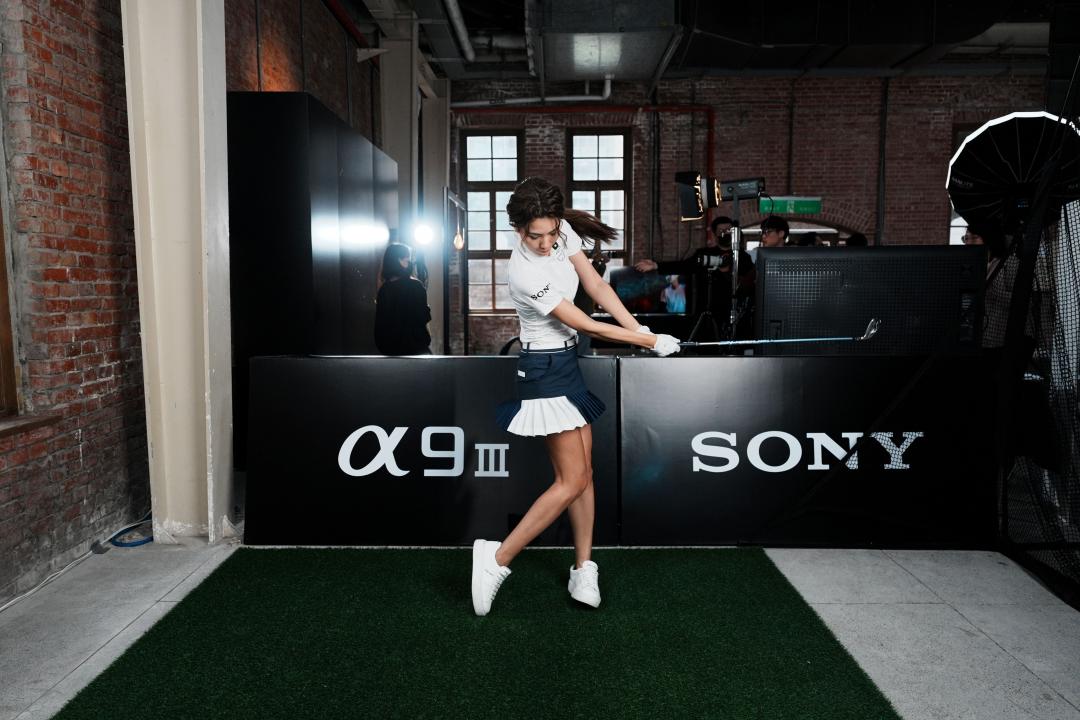 α9 III 實拍。全域快門一次讀取所有像素,因此能避免果凍效益,高速揮動的球桿不會因為逐行掃描而出現變形、歪斜。(圖/記者黃肇祥攝)
α9 III 實拍。全域快門一次讀取所有像素,因此能避免果凍效益,高速揮動的球桿不會因為逐行掃描而出現變形、歪斜。(圖/記者黃肇祥攝)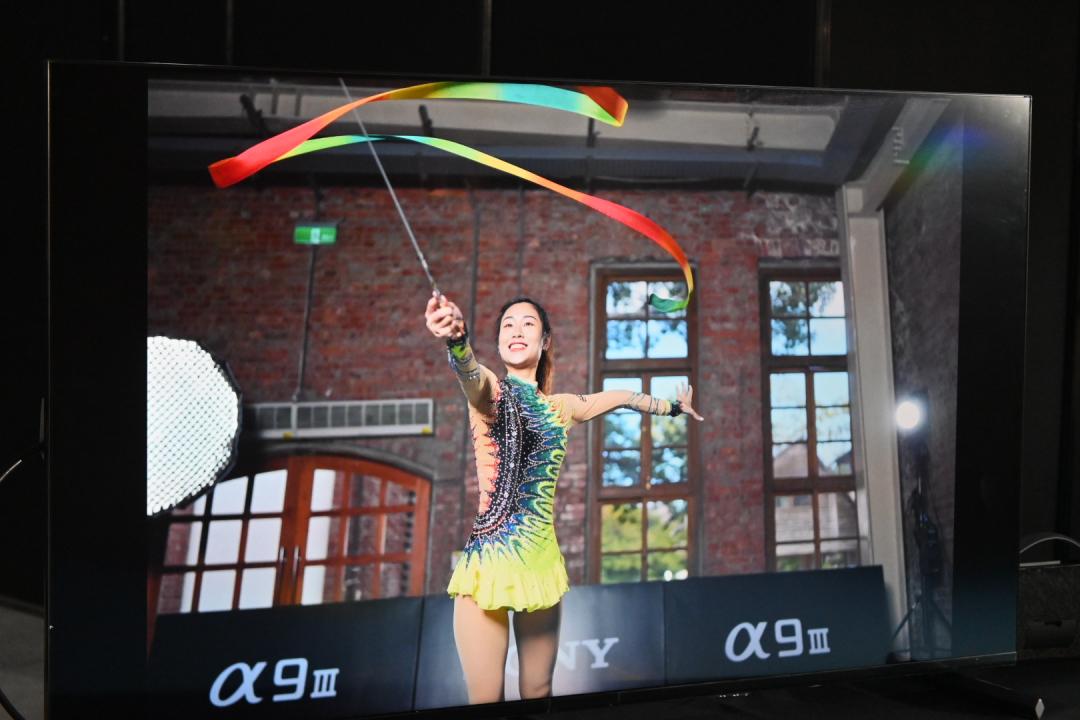 α9 III 搭配支援閃光燈,能以 1/80000 秒的速度與閃光燈同步拍攝,更輕易捕捉每一瞬間的畫面。(圖/記者黃肇祥攝)
α9 III 搭配支援閃光燈,能以 1/80000 秒的速度與閃光燈同步拍攝,更輕易捕捉每一瞬間的畫面。(圖/記者黃肇祥攝)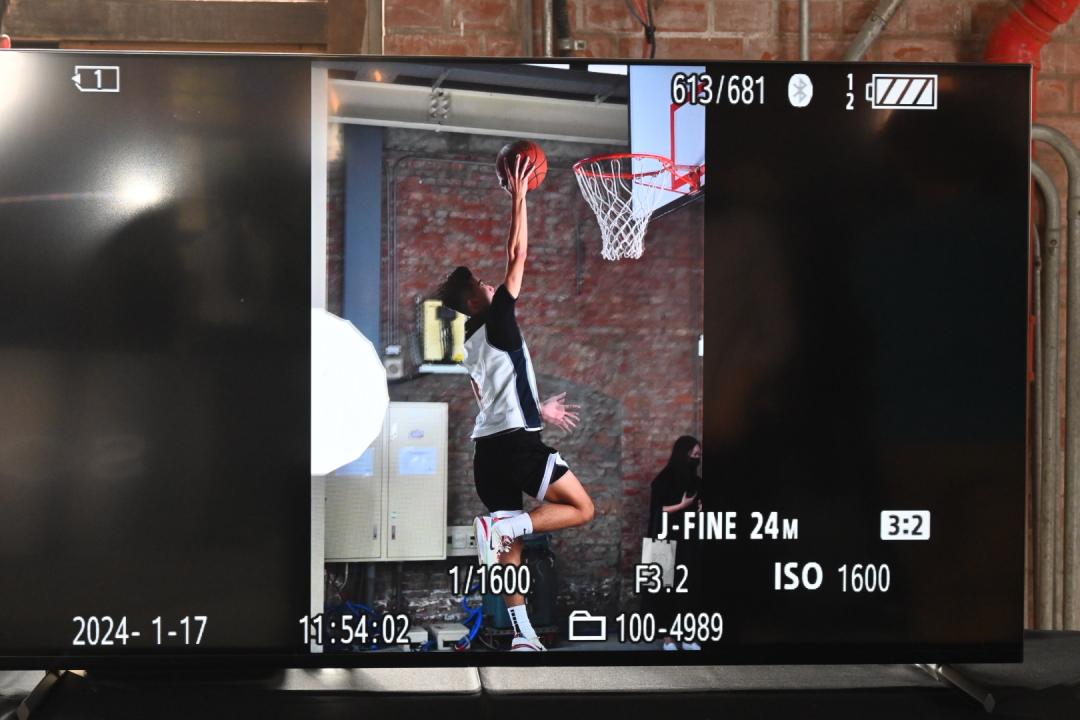 (圖/記者黃肇祥攝)
(圖/記者黃肇祥攝)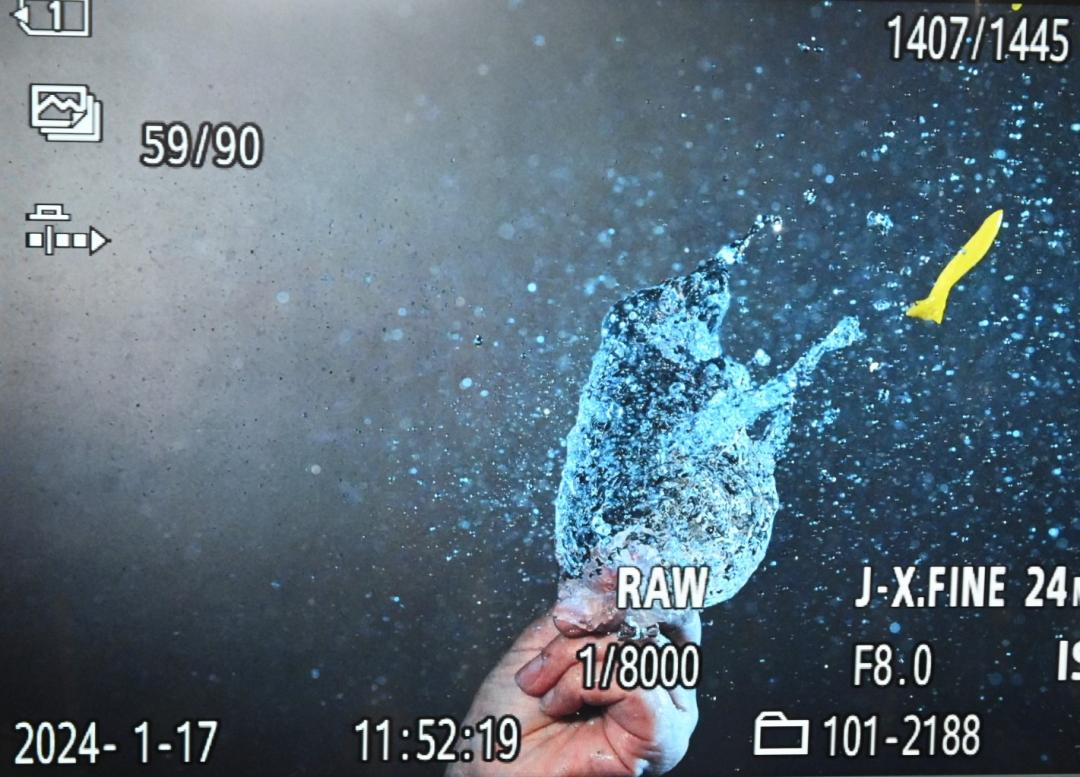 「預拍功能」能提前一秒以Raw格式拍攝,左上角有箭頭的標示,就是以「預拍功能」功能拍攝的照片。(圖/記者黃肇祥攝)
「預拍功能」能提前一秒以Raw格式拍攝,左上角有箭頭的標示,就是以「預拍功能」功能拍攝的照片。(圖/記者黃肇祥攝)
之所以能達成全域快門,Sony 依靠的是新一代 Bionz XR 影像處理器,在 120fps 連拍之中能確保每一張都有自動對焦與自動曝光,並且搭配覆蓋率 95.6%、多達 759 個相位式自動偵測對焦點,以及 AI 處理元件能持續鎖定拍攝的主題的型態、動作以及眼部對焦,不會因為其他物體忽然穿插於前景而改變焦點。
Sony 這次在 α9 III 首度帶來兩項輔助功能,首先是「預拍功能」,可以藉由感光元件的暫存記憶體,在釋放快門前 1 秒提早開始捕捉畫面,減少錯失精采畫面的遺憾。此外,還有能藉由自訂按鍵瞬間啟用的「連拍加速功能」,可暫時提高拍攝速度,省去手動調整參數的步驟。
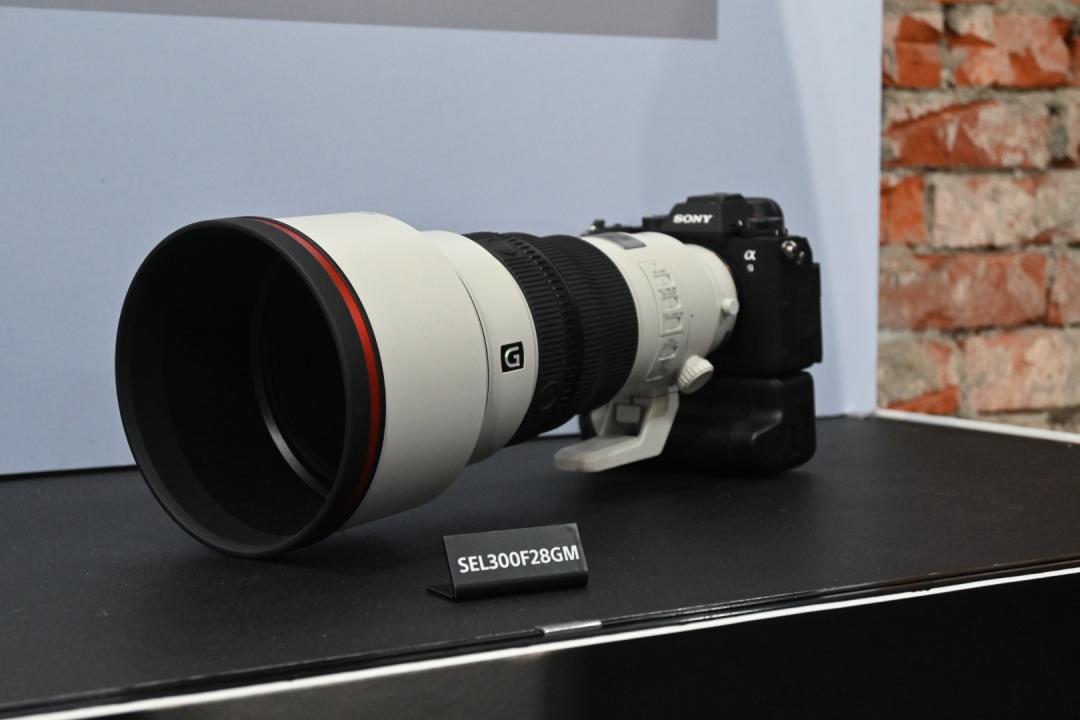 (圖/記者黃肇祥攝)
(圖/記者黃肇祥攝)
Sony α9 III 預計於 1 月 19 日在台開賣,售價為 184,980 元,搭配的垂直拍攝手把 VG-C5 售價是 12,980 元。同日登場的還有 EF 300m F2.8 GM OSS 望遠大光圈鏡頭,有同級最輕巧的 1,470g 鏡身,售價 194,980 元,從今日起開放訂購。
canon收購
canon收購